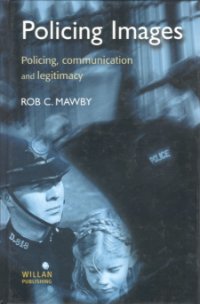By Laura Pajon, Ben Brewster, Imogen Fell & Zoi Krokida
Social media platforms, while widely used by children and young people, are increasingly exploited for harmful activities that compromise their safety and well-being. Despite heightened attention to youth engagement on these platforms, there is limited research on how social media facilitates different types of exploitation linked to modern slavery. This report presents key findings from exploratory research aimed at better understanding the ways social media is used to exploit young people. It also evaluates the preparedness of relevant stakeholders to respond effectively to these challenges. The findings emphasise the urgent need for targeted measures to safeguard young users and strengthen response frameworks among stakeholders. KEY FINDINGS 3 Social media is leveraged at every stage of the exploitation process, serving various functions from initial contact to sustained control of victims. Offenders use social media both actively and passively—some directly target potential victims, while others use it to glamorise lavish lifestyles that may attract them. In cases of criminal exploitation involving minors, such as 'county lines' drug supply networks, social media is often used for coercive control, including continuous messaging with threatening images or videos. Perceptions of social media's role in exploitation varied across groups, with law enforcement agencies reporting higher rates of use than non-governmental organisations. Different platforms are used strategically across the exploitation process; for example, YouTube is often used for glamorisation, while Snapchat is used for realtime monitoring and control. Social media's low-cost, low-risk environment enables offenders to reach potential victims globally with minimal effort or detection. Anonymity and the difficulty of tracking further reduce the chances of identification and prosecution. Access to affordable devices and the internet expands social media use among young people, increasing their exposure to violence and exploitation. According to practitioners, many minors have a limited perception of online risks, heightening their vulnerability to exploitation.
Offenders use social media across all crime stages, from the identification and recruitment of victims to their exploitation and control. Different apps and social media tools are used at different stages and for different purposes.
The lack of engagement by social media companies with stakeholders presents a key challenge to effectively identifying and safeguarding at-risk children and young people.
Legal and regulatory frameworks governing online platforms’ responsibilities and responses to trafficking-related activities remain insufficient and fragmented.
University of Leeds, The Vulnerability & Policing Futures Research Centre , and Liverppol John Moores University, 2024. . 17p.












